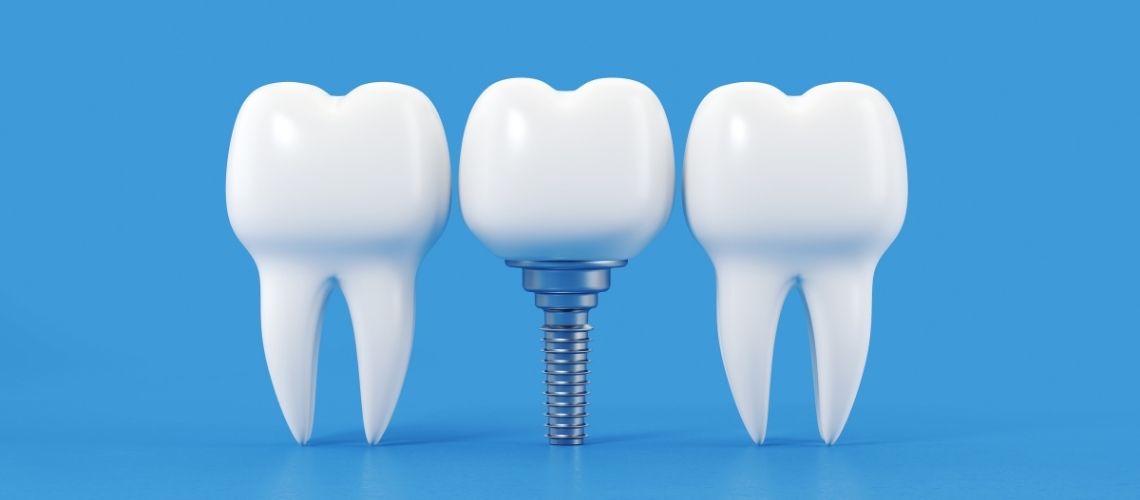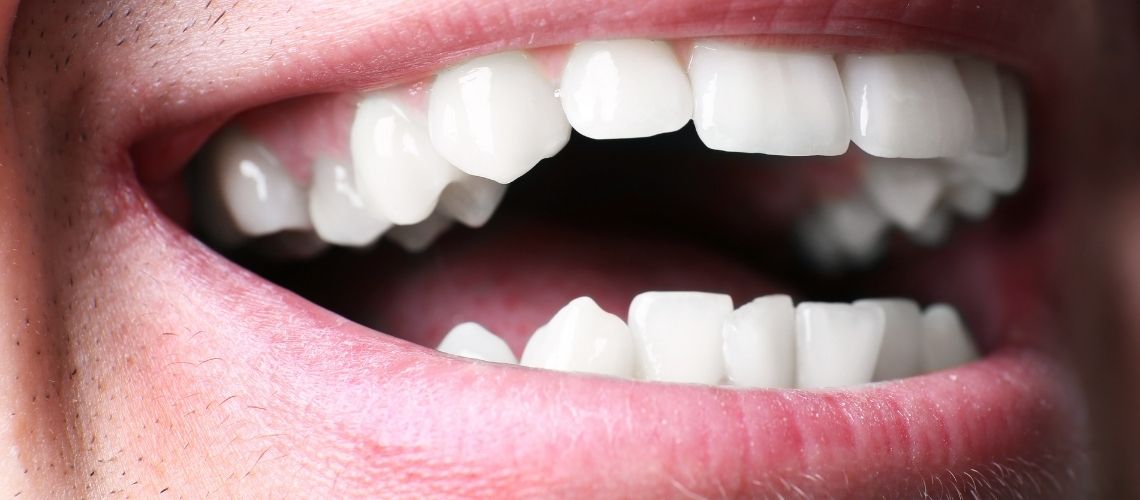A periodontist is a dental expert who focuses on dental implants and the prevention, detection, and treatment of periodontal disorders. When left untreated, periodontal disorders can result in tooth loss and other issues with oral health because they damage the gums and the structures that support the teeth. In this post, we’ll look at the several techniques a periodontist uses to maintain and improve gum health and provide patients a strong, functional smile.
Diagnosis and Treatment of Periodontal Diseases
- Evaluation of Gum Disease: A periodontist is qualified to identify and gauge the severity of gum disease. To evaluate the condition of the gums and supporting tissues, they employ a variety of procedures including probing, X-rays, and clinical examinations.
- Plaque and tartar below the gumline can be removed by a periodontist using a non-surgical treatment called scaling and root planning. While root planing smoothes the root surfaces to stop bacteria from sticking to them, scaling entails eliminating deposits from the tooth surfaces.
- Periodontists may carry out a pocket reduction surgery when gum disease has resulted in the formation of deep periodontal pockets. To lessen pocket depth and encourage gum healing, this entails folding back the gum tissue, eliminating germs and tartar, and securing the gum tissue back in place.
- Gum Grafting: A periodontist can perform a gum grafting surgery when gum recession occurs as a result of advanced gum disease or other circumstances. To cover exposed tooth roots and reestablish a healthy gumline, this entails utilizing tissue from another area of the mouth or donor tissue.
Dental Implant Placement
- Evaluation and Planning: Dental implants are used to replace lost teeth, and a periodontist is educated in their surgical insertion. They provide a personalized treatment plan after assessing the patient’s dental health, bone structure, and compatibility for implants.
- Dental implants are surgically inserted into the jawbone by a periodontist to serve as an artificial tooth root. To make sure the patient is comfortable, this is done under local anaesthetic. Osseointegration is the process through which the implant gradually fuses with the bone.
- Implant Restoration: The periodontist collaborates with a restorative dentist to attach a prosthetic tooth or crown to the implant once it has bonded with the bone, restoring the form and function of the missing tooth.
Additional Procedures
- A periodontist can conduct crown lengthening in situations when the gumline needs to be altered or extra gum tissue needs to be removed. More of the tooth structure is exposed during this operation, allowing it to sustain restorations like dental crowns.
- A periodontist can perform ridge augmentation when the jawbone is insufficiently dense or volumized to accommodate dental implants. To provide the jawbone a more reliable base for implants, this includes adding bone or bone substitute material to the jawbone.
- Soft Tissue Grafting: To restore and improve the appearance of the gums, periodontists can undertake soft tissue grafting treatments. These grafts could be required to stop gum recession, enhance the appearance, or support dental implants.
Conclusion
Periodontists are essential in preventing periodontal disorders, treating them, and offering dental implant options. They are able to treat a variety of periodontal problems and restore oral health by providing a range of techniques, from simple surgical interventions to sophisticated non-surgical treatments for gum disease. Consulting a qualified periodontist can guarantee that you receive the specialist treatment required for optimum oral health and a confident smile if you are dealing with gum-related concerns or thinking about dental implants.

Dentist Handan Nohutcuoğlu graduated from Ege University Faculty of Dentistry in 1987. He has gained experience in various fields by working in many dental polyclinics throughout his career, combining his knowledge and experience. He continues to work at Hollywood Dental at the moment.








